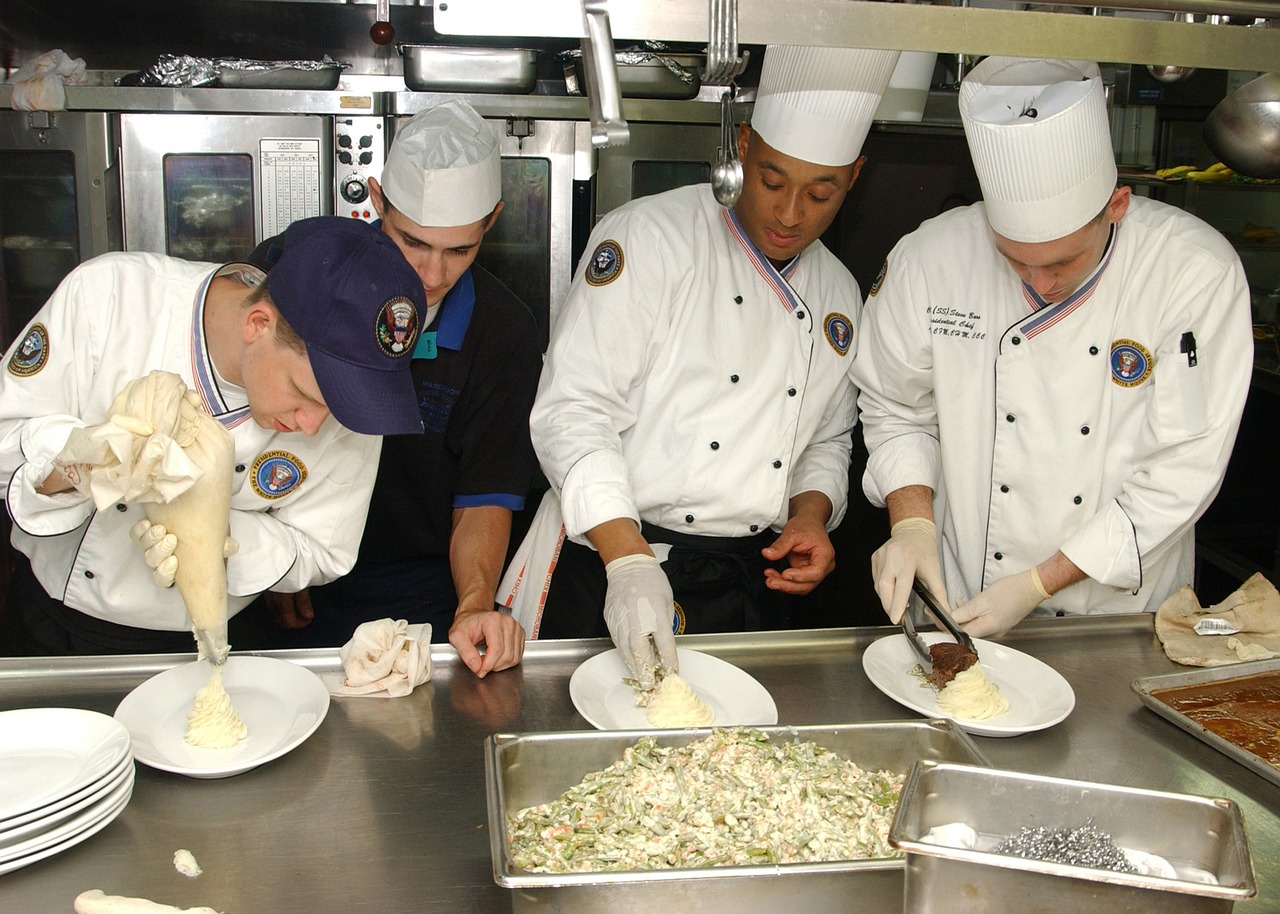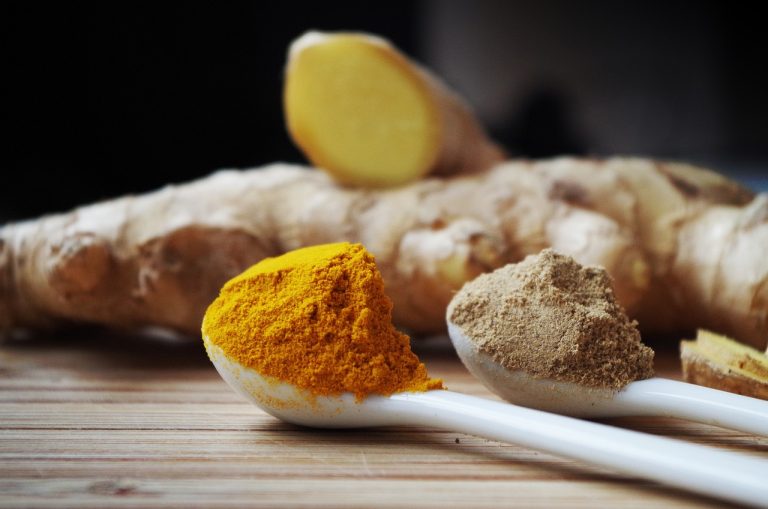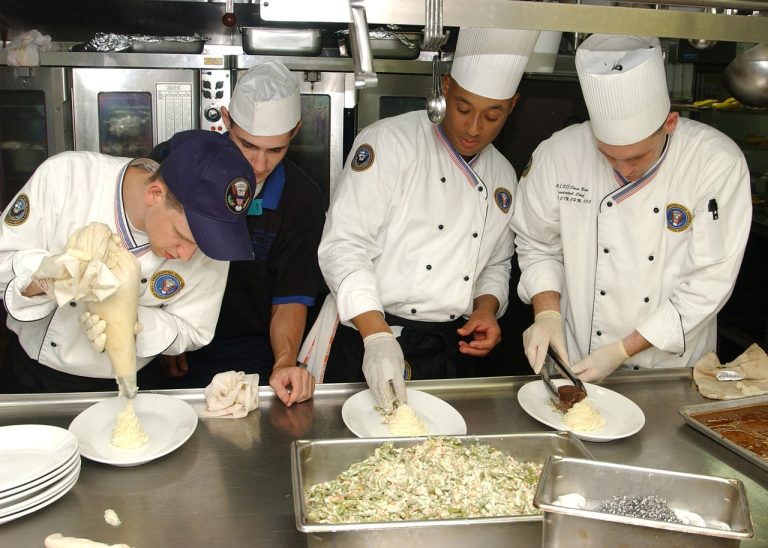How to Calculate Food Cost Percentage: A Comprehensive Guide

Understanding and accurately calculating food cost percentage is a pivotal skill. This article delves into the nuances of this calculation, providing a step-by-step guide for restaurant owners and chefs.
In the bustling landscape of the food industry, profitability is a key concern for restaurateurs and chefs alike. Calculating food cost percentage is not just a financial exercise; it’s a strategic move that impacts the bottom line and ensures sustainable business operations.
Table of Contents
ToggleUnderstanding Food Cost
Before diving into calculations, it’s crucial to comprehend the components that constitute food cost. This includes the cost of raw ingredients, labor, and overhead expenses. For those at the helm of a kitchen or restaurant, this knowledge is foundational.
Formula for Calculating Food Cost Percentage
Formula Breakdown: Food Cost Percentage=(Total Cost of IngredientsTotal Revenue)×100Food Cost Percentage=(Total RevenueTotal Cost of Ingredients)×100
Breaking down this formula, we see that the food cost percentage is a ratio of the total cost of ingredients to the total revenue generated, expressed as a percentage.
Calculating Raw Food Cost
Accurate ingredient costs are paramount in this calculation. Consider bulk purchases, wastage, and the quality of ingredients. A meticulous approach to recording raw food costs ensures precision in the overall calculation.
Incorporating Additional Costs
While raw food cost is a significant factor, it’s not the sole contributor to the overall food cost percentage. Labor costs and overhead expenses must be factored in to provide a comprehensive view of the operational costs.
The Impact of Yields and Portion Sizes
Understanding yield percentages and managing portion sizes are critical. Consistency in portioning ensures accuracy in calculations, avoiding discrepancies that could skew the food cost percentage.
Consistency in Measurement Units
Uniformity in measurement units is essential for precision. Whether it’s ounces, grams, or any other unit, maintaining consistency across the board is key to accurate calculations.
Using Technology for Efficiency
Embrace technology to streamline the process. There are various food cost calculation tools available that not only simplify the process but also enhance accuracy.
Adjusting for Menu Changes and Seasonality
The dynamic nature of the food industry demands adaptability. Adjust calculations to accommodate menu variations and consider seasonal fluctuations in ingredient costs.
Strategies for Cost Reduction
Identifying areas for potential savings is an ongoing process. Balancing quality and cost-effectiveness is a delicate art that successful restaurateurs master.
Real-World Examples
Practical scenarios and case studies provide a hands-on understanding of implementing effective food cost management. Learning from real-world examples can illuminate strategies for success.
Monitoring and Reviewing Food Cost Percentage
Establishing regular review processes is vital. Trends and patterns in food cost percentage should be analyzed, and adjustments made accordingly to maintain optimal profitability.
Communicating with Staff
Creating a culture of cost-consciousness involves engaging kitchen and service staff in the process. Their insights and cooperation contribute significantly to effective cost management.
Challenges and Solutions
Navigating challenges in food cost calculations is part of the journey. This section explores common hurdles and provides practical solutions to overcome them.
Conclusion
In conclusion, mastering the art of calculating food cost percentage is an investment in the financial health of any food business. A proactive approach, utilizing technology, and involving staff in the process are key elements to ensure sustained profitability.
FAQs (Five Unique Frequently Asked Questions)
Q1: Is there a benchmark for an ideal food cost percentage?
- A: The ideal food cost percentage varies by type of establishment but is generally around 28-32%.
Q2: How often should I review my food cost percentage?
- A: Regular reviews, preferably monthly, help track trends and make timely adjustments.
Q3: Can technology help in predicting and managing seasonal fluctuations?
- A: Yes, advanced tools can analyze historical data to predict seasonal ingredient cost changes.
Q4: What role does staff training play in effective cost management?
- A: Well-trained staff is more likely to follow portioning and measurement guidelines, contributing to accurate calculations.
Q5: Are there specific software tools recommended for food cost calculations?
- A: Several tools, including PeachWorks and BlueCart, are popular for their features in food cost management.
In the dynamic culinary world, understanding the intricacies of food cost percentage is a journey toward sustainable success. Implementing these strategies and embracing a culture of financial mindfulness sets the stage for a thriving and profitable food business.






